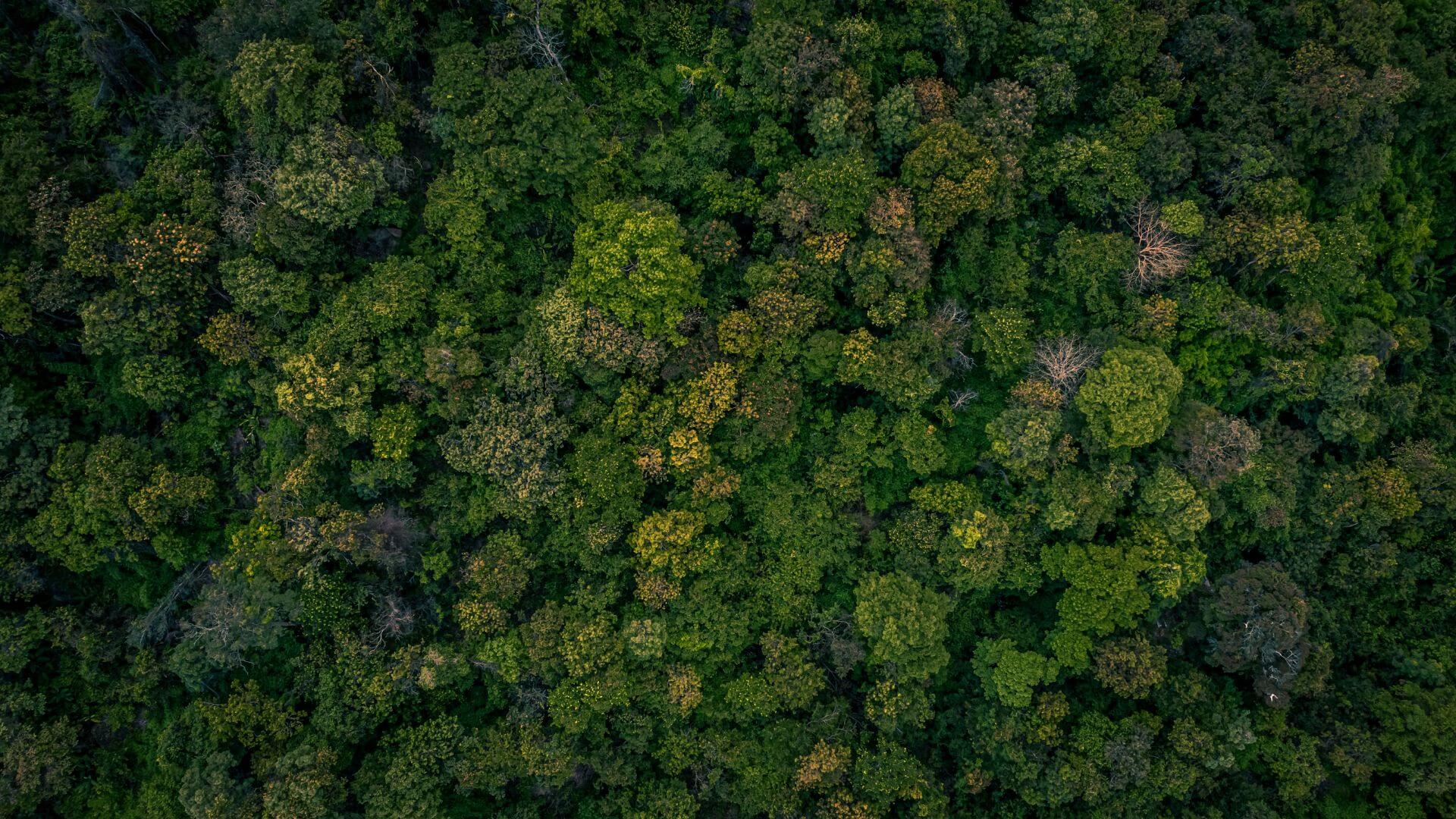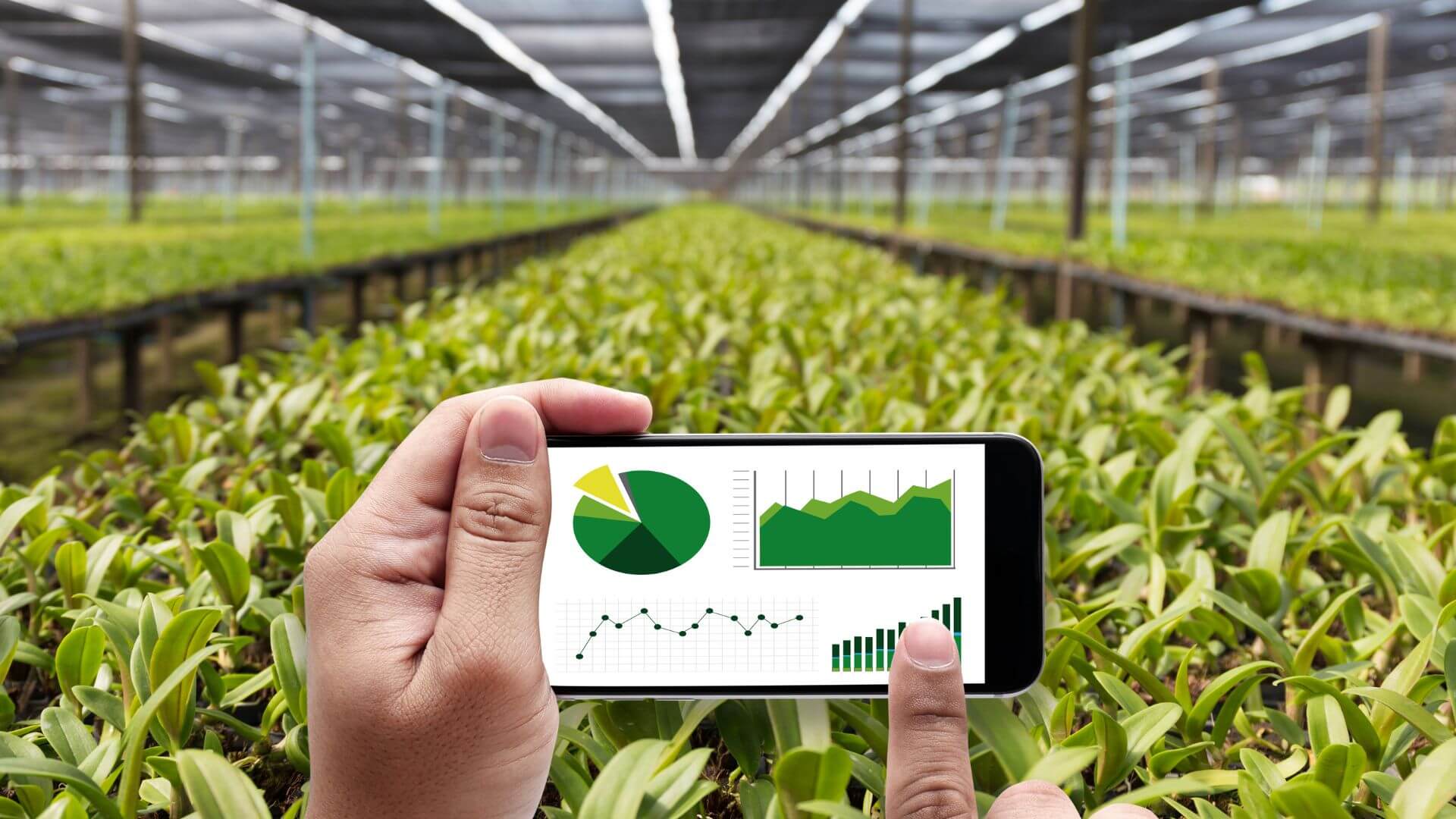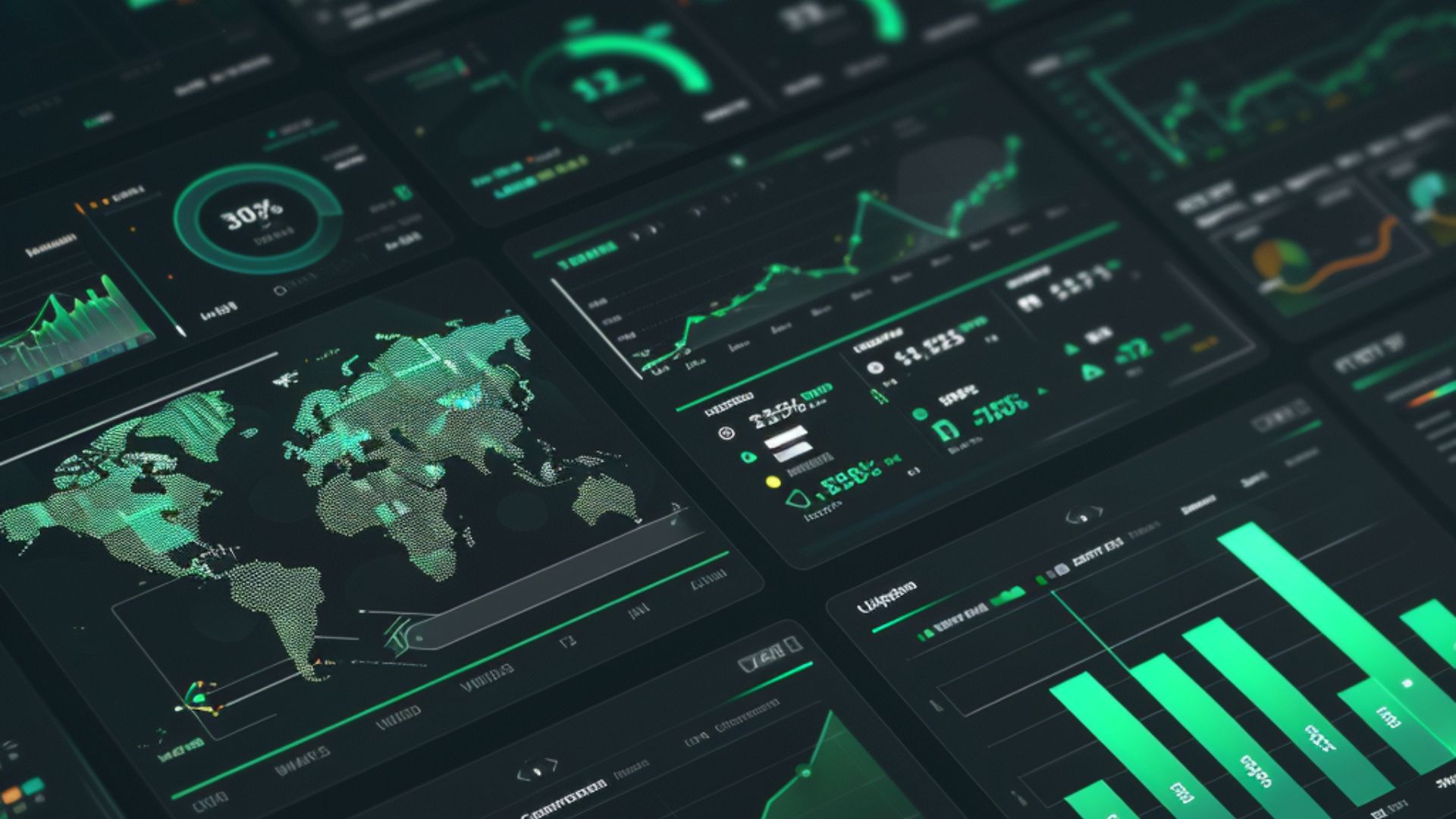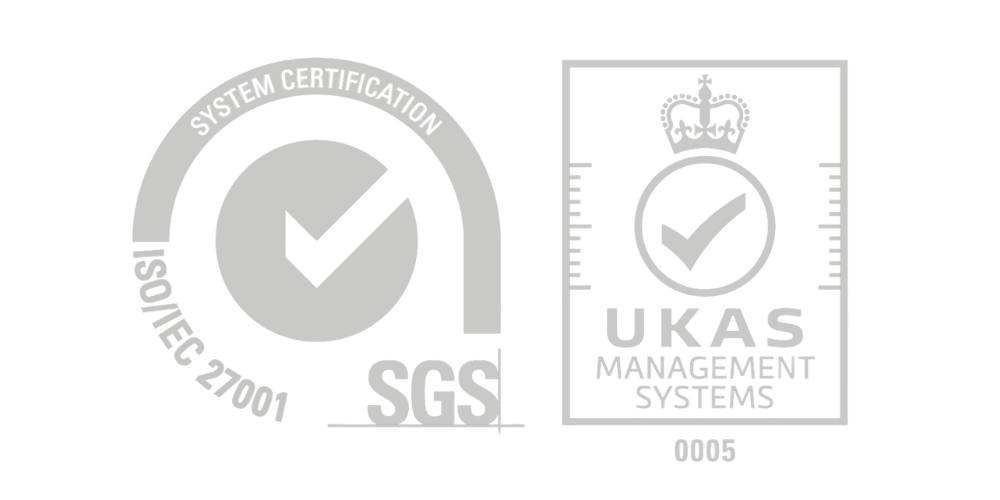Climate change continues to be one of the most pressing issues worldwide, driving governments, businesses, and communities to search for innovative ways to reduce greenhouse gas emissions. Among the many strategies developed, carbon credits have emerged as a market-based tool to incentivize the reduction or sequestration of carbon dioxide (CO₂) and other greenhouse gases. As our understanding deepens, experts have begun to distinguish between different types of carbon credits—namely blue, green, and yellow carbon—each derived from unique ecosystems and practices. This article explores these three specialized carbon credits, examines their methodologies, presents real-world case studies, and discusses challenges and future opportunities in integrating them into global carbon markets.
Introduction: Specialized Carbon Credits for a Changing World
Carbon credits traditionally have been linked to projects like reforestation and energy efficiency improvements. However, recent research and emerging market trends suggest that not all carbon credits are alike. Today, we recognize at least three distinct types:
- Blue Carbon: Credits generated from coastal and marine ecosystems.
- Green Carbon: Credits produced by terrestrial ecosystems such as forests and grasslands.
- Yellow Carbon: Credits linked to agricultural practices that enhance soil carbon storage.
Each type plays a different role in the global effort to achieve net-zero emissions. By examining the methodologies and case studies associated with each, stakeholders can better harness these tools to drive climate action. For further background on emissions measurement and reduction strategies, consider reviewing Cedars Digital’s guide on Understanding Scope 1, 2, and 3 Emissions: A Comprehensive Guide.
Carbon Credits: Basics and Market Dynamics
At its core, a carbon credit represents the right to emit one metric ton of CO₂ or an equivalent amount of another greenhouse gas. They are generated when a project successfully reduces or sequesters carbon emissions below a baseline level. There are two main market segments:
- Compliance Markets: Where governments enforce limits on emissions (e.g., the European Union Emissions Trading System).
- Voluntary Markets: Where businesses and organizations participate out of environmental commitment or corporate social responsibility (CSR) initiatives.
According to data from Ecosystem Marketplace, the global carbon market has seen exponential growth as both public policy and corporate sustainability agendas increasingly focus on net-zero targets. This rapid expansion underscores the importance of integrating specialized carbon credits into broader climate strategies.
Defining Blue, Green, and Yellow Carbon
Blue Carbon
Blue carbon refers to the carbon stored in coastal and marine ecosystems, such as mangroves, seagrasses, and salt marshes. These ecosystems are extraordinarily efficient at sequestering carbon. Research from the Blue Carbon Initiative indicates that coastal ecosystems can sequester carbon at rates up to 50 times higher than some terrestrial forests. Their ability to capture and store carbon in sediments over long periods makes blue carbon projects vital in the fight against climate change.
Key Aspects:
- Source: Coastal wetlands including mangroves, seagrasses, and salt marshes.
- Measurement Techniques: Involves field sampling, sediment coring, and the use of remote sensing technology.
- Real-World Example: The Delta Blue Carbon Project in Pakistan restored 350,000 hectares of mangroves, sequestering around 142 million tons of CO₂, and supporting local communities with new livelihood opportunities. Additional details can be found in resources provided by Conservation International.

Green Carbon
Green carbon is derived from terrestrial ecosystems such as forests, grasslands, and agricultural soils. Through the natural process of photosynthesis, trees and plants capture atmospheric CO₂, storing it in biomass and soils. Projects under initiatives like REDD+ (Reducing Emissions from Deforestation and Forest Degradation) emphasize the importance of maintaining and enhancing these terrestrial carbon sinks.
Key Aspects:
- Source: Forests, grasslands, and other terrestrial ecosystems.
- Measurement Techniques: Involves forest surveys, soil sampling, and life cycle assessments (LCA).
- Real-World Example: The Katingan Peatland Restoration project in Indonesia has successfully prevented deforestation, resulting in the issuance of millions of carbon credits verified by international standards, such as those managed by Verra.

Yellow Carbon
Yellow carbon focuses on carbon stored in soils as a result of sustainable agricultural practices. It involves improving soil organic carbon (SOC) through methods like cover cropping, reduced tillage, crop rotation, and other practices that enhance soil health. Studies by the Food and Agriculture Organization (FAO) have shown that improved agricultural practices not only boost crop yields but also significantly contribute to carbon sequestration, offering dual benefits for food security and climate mitigation.
Key Aspects:
- Source: Agricultural lands and soils managed under sustainable practices.
- Measurement Techniques: Includes soil testing, land use modeling, and advanced simulation software.
- Real-World Example: Regen Network’s initiatives demonstrate how improved soil management can increase SOC, generating tradable carbon credits that support both climate objectives and rural development.

Methodologies and Measurement Techniques
Accurate measurement is the cornerstone of ensuring that carbon credits are both credible and effective. Given the distinct nature of blue, green, and yellow carbon, each requires tailored methodologies.
Blue Carbon Methodologies
- Field Sampling and Sediment Coring: Collecting physical samples from coastal wetlands to determine sediment carbon density and accumulation rates.
- Remote Sensing: Employing satellite imagery and drone technology to monitor vast coastal areas, providing critical data for validating carbon stocks.
- Data Integration: Combining on-site measurements with remote data to create comprehensive carbon inventories.
Green Carbon Methodologies
- Forest Surveys: On-ground surveys to measure tree biomass, canopy cover, and overall forest health.
- Soil Sampling: Collecting soil samples to assess organic carbon content, providing insights into the carbon stored in terrestrial ecosystems.
- Life Cycle Assessments (LCA): Evaluating the carbon sequestration potential over the entire lifecycle of the ecosystem, helping to account for various environmental factors.
Yellow Carbon Methodologies
- Soil Testing: Laboratory analysis of soil samples to determine organic carbon levels.
- Land Use Modeling: Utilizing simulation tools to predict how changes in agricultural practices can affect carbon storage.
- Monitoring Systems: Implementing digital platforms that provide real-time data on soil health and carbon dynamics, ensuring consistent tracking over time.
The following table summarizes the methodologies, key metrics, and technical requirements for blue, green, and yellow carbon:
| Aspect | Blue Carbon | Green Carbon | Yellow Carbon |
|---|---|---|---|
| Main Sources | Coastal wetlands (mangroves, seagrass, salt marshes) | Forests, grasslands, agricultural soils | Sustainable agriculture, soil management |
| Methodology | Field sampling, sediment coring, remote sensing | Forest surveys, soil sampling, LCA | Soil testing, land use modeling |
| Key Metrics | Carbon density, sediment accumulation rate | Forest carbon stock, soil organic carbon content | Soil organic carbon increment, land use change rate |
| Tech Requirements | High-precision remote sensing, coring tools | Standardized surveys, soil laboratories | Digital monitoring systems, simulation software |
This comparative analysis enables policymakers, businesses, and environmental practitioners to evaluate the advantages and limitations of each carbon credit type and choose the most suitable strategy for their specific needs.
Real-World Impact: Case Studies
Integrating case studies into our discussion provides concrete examples of how blue, green, and yellow carbon credits are applied in real-world scenarios.
Blue Carbon in Coastal Restoration
Delta Blue Carbon Project, Pakistan
In Pakistan, the restoration of 350,000 hectares of mangroves has led to significant environmental and socio-economic benefits. The project not only sequestered approximately 142 million tons of CO₂ but also bolstered local economies by providing livelihood opportunities for around 42,000 community members. The success of this project is a testament to the high sequestration potential of coastal ecosystems and their critical role in global climate strategies. For more detailed information on emissions measurement and sustainable practices, visit Cedars Digital’s Carbon Footprint Measurement page.
Green Carbon and Terrestrial Ecosystems
Katingan Peatland Restoration, Indonesia
Indonesia’s Katingan Peatland Restoration project has been a pioneer in utilizing green carbon for environmental conservation. By focusing on peatland conservation and forest restoration, the project has:
- Prevented large-scale deforestation.
- Generated millions of verified carbon credits.
- Supported biodiversity and improved local hydrological cycles.
This initiative underscores the value of terrestrial ecosystems in sequestering carbon and demonstrates how green carbon projects can align environmental and socio-economic objectives. For insights into technology-driven solutions for carbon management, refer to Cedars Digital’s CarbonM Product page.
Yellow Carbon in Agricultural Practices
Regen Network Soil Carbon Initiatives
The Regen Network has implemented innovative practices to enhance soil carbon storage across agricultural lands globally. By promoting sustainable land management techniques, these initiatives have:
- Increased soil organic carbon levels.
- Improved soil fertility and agricultural productivity.
- Created new revenue streams for farmers through the generation of carbon credits.
These examples illustrate the transformative potential of yellow carbon projects to contribute to both climate mitigation and agricultural sustainability. By linking traditional farming practices with modern digital monitoring systems, yellow carbon represents a promising frontier in the global carbon market.
International Standards, Certification, and Technological Innovations
The credibility of carbon credits depends heavily on the adoption of robust international standards and certification processes. These frameworks ensure that credits represent verifiable, additional, and permanent carbon sequestration.
Key Standards and Certification
- ISO 14064: An international standard that provides guidelines for quantifying and reporting greenhouse gas emissions.
- Verified Carbon Standard (VCS): Managed by Verra, this standard is among the most widely recognized for certifying carbon credits.
- IPCC Guidelines: The Intergovernmental Panel on Climate Change provides methodologies that form the basis for many national greenhouse gas inventories, ensuring consistency in measurement.
Technological Innovations
Recent advancements in technology are addressing many of the challenges in carbon credit verification:
- Blockchain: Emerging blockchain solutions—such as those explored by PwC—are creating immutable records of carbon credit transactions, ensuring transparency and reducing the risk of double counting.
- Remote Sensing and AI: The use of satellite imagery and artificial intelligence enhances data accuracy, allowing for real-time monitoring of environmental changes across vast ecosystems.
- Digital Monitoring Systems: Modern monitoring platforms integrate various data sources to provide continuous updates on carbon sequestration, aiding in accurate reporting and verification.
These technological solutions are essential in ensuring that specialized carbon credits maintain integrity and scalability in rapidly evolving markets.
Challenges, Opportunities, and Future Trends
Challenges
Despite their promise, blue, green, and yellow carbon credits face several challenges:
- Measurement Accuracy: Tailored methodologies are needed to account for the diverse nature of ecosystems. Variability in natural systems makes standardized measurement complex.
- Standardization: There is an ongoing need for universally accepted protocols that can be applied across different carbon credit types to ensure comparability and credibility.
- Verification and Transparency: Ensuring that each credit genuinely represents additional and permanent carbon sequestration continues to be an area of debate among scientists and policymakers.
- Market Scalability: Incorporating specialized credits into existing carbon markets requires not only advanced technology but also supportive policy frameworks and financial incentives.
Opportunities
The integration of advanced technologies and supportive policies offers significant opportunities:
- Enhanced Data Accuracy: Leveraging AI and remote sensing can improve measurement precision and provide stakeholders with real-time data.
- Policy Support: As governments intensify climate action efforts, subsidies, tax incentives, and international agreements can drive the broader adoption of specialized carbon credits.
- Corporate Engagement: Increasingly, companies are incorporating carbon credits into their CSR strategies to meet net-zero targets, making specialized credits an attractive option.
- Rural and Agricultural Development: Yellow carbon initiatives, in particular, offer a pathway to improve soil health and boost rural economies, linking climate action with socio-economic benefits.
Future Trends
Looking ahead, several trends are likely to shape the future of specialized carbon credits:
- Broader Market Participation: As standardization improves, more entities—both public and private—will participate in blue, green, and yellow carbon markets.
- Integration with Sustainability Portfolios: These carbon credits are expected to become a core component of comprehensive sustainability strategies that include renewable energy, waste reduction, and circular economy practices.
- Continued Technological Integration: The ongoing evolution of blockchain, AI, and digital monitoring will further enhance transparency, reduce costs, and build trust in carbon markets.
- International Collaboration: Increased global collaboration and the harmonization of standards will facilitate cross-border carbon trading and bolster market integrity.
Conclusion and Recommendations
The diversification of carbon credits into blue, green, and yellow categories reflects a deeper understanding of how various ecosystems contribute to carbon sequestration. Each type—whether from coastal wetlands, terrestrial forests, or agricultural lands—offers unique strengths and faces distinct challenges. Integrating these specialized credits into global markets can significantly accelerate progress toward net-zero emissions, but success depends on technological innovation, standardization, and strong policy support.
Key Recommendations:
- Embrace Advanced Technologies: Utilize AI, remote sensing, and blockchain to ensure accurate measurement, transparent verification, and efficient tracking of carbon credits.
- Adopt International Standards: Commit to standards such as ISO 14064 and VCS to maintain credibility and facilitate market integration.
- Promote Policy Innovation: Support the development of policies that incentivize the adoption of specialized carbon credits, ensuring that environmental benefits translate into economic opportunities.
- Foster Collaborative Efforts: Encourage partnerships among governments, private sectors, and research institutions to develop best practices and harmonize measurement methodologies.
- Leverage Cedars Digital’s Expertise: For organizations seeking to integrate cutting-edge carbon management solutions, explore Cedars Digital’s innovative services through their CarbonM Product and Carbon Footprint Measurement pages.
In summary, blue, green, and yellow carbon credits are set to become critical components of the global climate strategy. By adopting specialized methodologies, embracing technological advances, and fostering international cooperation, these credits can drive meaningful progress in the fight against climate change, while also delivering significant economic and social benefits.
References
- Blue Carbon Initiative. (n.d.). Blue Carbon: Coastal Ecosystems and Climate Change. Retrieved from https://www.thebluecarboninitiative.org/
- Conservation International. (n.d.). Delta Blue Carbon Project. Retrieved from https://www.conservation.org/
- Ecosystem Marketplace. (2023). State of the Carbon Market 2023. Ecosystem Marketplace.
- FAO. (2020). Soil Carbon Sequestration for Climate Change Mitigation and Food Security. Food and Agriculture Organization of the United Nations.
- Forest Trends. (n.d.). Forest Carbon Markets: An Overview of REDD+ Projects. Forest Trends.
- IPCC. (2006). IPCC Guidelines for National Greenhouse Gas Inventories. Intergovernmental Panel on Climate Change.
- PwC. (n.d.). Blockchain and Carbon Credits: Opportunities and Challenges. PricewaterhouseCoopers.
- Regen Network. (n.d.). Regen Network Soil Carbon Projects. Retrieved from https://www.regen.network/
- Verra. (n.d.). The Voluntary Carbon Standard (VCS) Program. Retrieved from https://verra.org/





